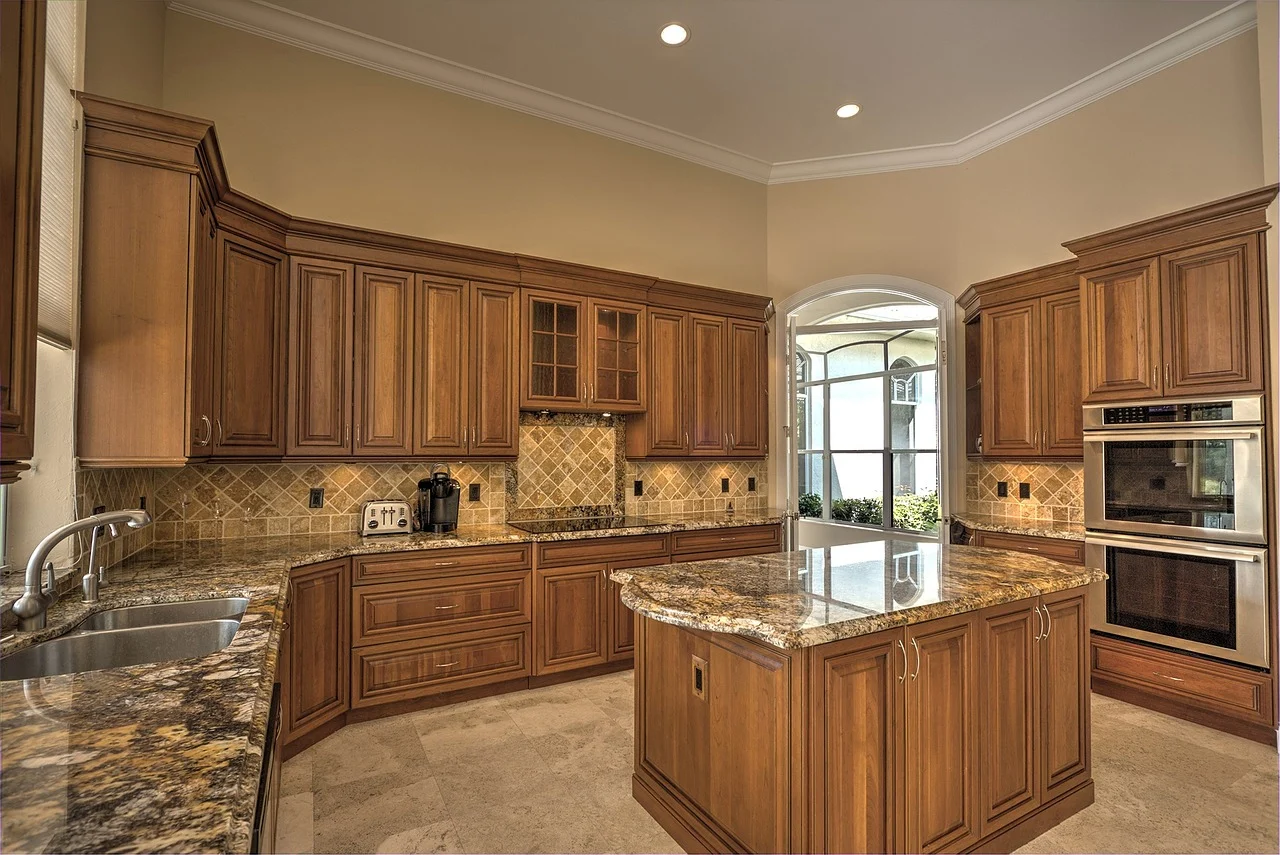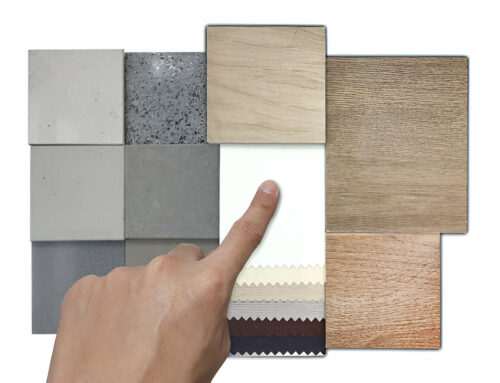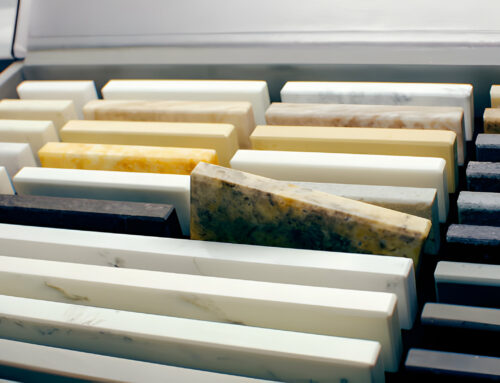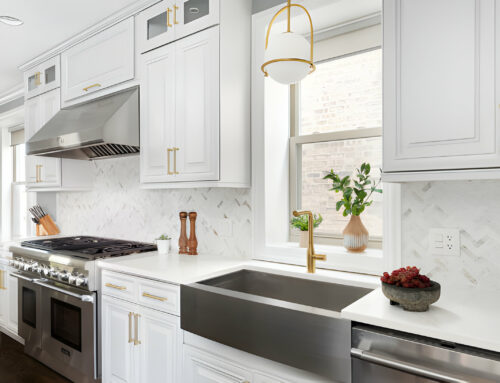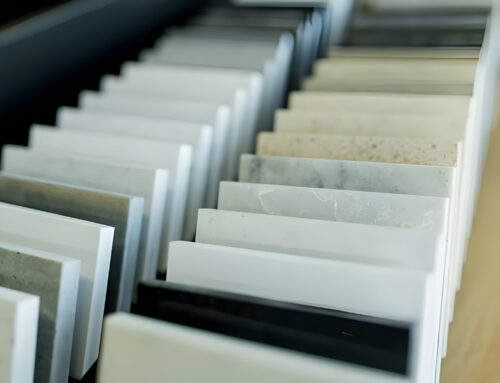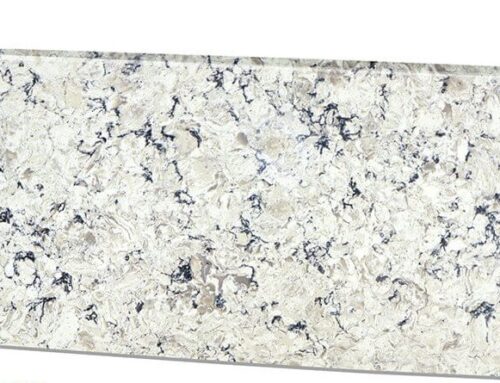What is Granite?
Granite is a type of stone that is known for its durability and beauty. It has a matte finish that can be customized to fit any interior. Granite countertop have many benefits, including their resistance to stains and the ability to hold up to hot pots and pans. There are several factors to consider when choosing granite countertops, including the size and shape of your kitchen, the style you want your kitchen to have, and your budget.
How to Choose the Color You Need
Choosing the right granite countertop color is important for a number of reasons. First, it can add character and personality to your home. Second, it can impact how well your granite looks and performs in a variety of settings. Finally, different colors can be more visually appealing than others in specific spaces. Here are some tips on choosing the perfect color for your kitchen countertop:
When you’re thinking about what color to choose for your kitchen countertop, think about what kind of atmosphere you want to create. Do you want a bright and cheerful kitchen with lots of natural light? Or do you want a more intimate setting with darker colors that will help blend in with the rest of your décor?
Once you decide on the overall look and feel you want for your kitchen, you can start narrowing down your options. Natural materials like wood and stone will naturally expand and contract with temperature changes, so it’s important to choose a color that will be durable and look good over time. Consider things like the environment where your granite will be used – is it in an extremely hot or cold area? – and select a color that won’t fade or discolor quickly.
Types of Granite: slate, quartz, and granite
When it comes to choosing a granite countertop, there are three main types to consider: slate, quartz, and granite. Here’s a closer look at each type and what factors should be taken into account when selecting one.
Slate is the most affordable option and is made of small, irregular pieces of slate that are sometimes joined together. Because of this, Slate countertops can have a variety of textures including rough, scaly, and bumpy. They also tend to be very light in color which can make them seem less substantial than other types of countertops.
Quartz is the middle ground between price and quality. It’s made from large, uniform pieces of quartz that are cut and polished into a variety of shapes and sizes. This results in a more consistent texture across the countertop which can be less bumpy than Slate but more textured than Granite. Quarry tiles also tend to be lighter in color than either Slate or Granite which can add an element of openness or brightness to a room.
Granite is the most expensive option but it offers the highest quality countertops due to its unique composition. Granitecountertops are made up of small, individual pieces of granite that have
Application for Granite Countertops
There are many factors to consider when choosing the perfect granite countertop for your home. Here are some tips to help you choose the right one for your needs.
When you are looking for a granite counter, the first thing you will want to do is decide on the size and shape of the countertop that you would like. You can choose from a variety of shapes, sizes and colors, so it is important to find what will look best in your kitchen. Once you have decided on the shape and size of the countertop, you will need to decide on the type of granite that you would like. There are three types of granite: natural stone, synthetic stone and composite stone.
Each type of granite has its own benefits and disadvantages. Natural stone is the most expensive but has the most natural look and feel. Synthetic stone is less expensive but may not have as much of a natural look or feel. Composite stone is the cheapest option but may not have as much of a natural look or feel as other types of stones.
Opaly Quartz – After you have decided on the type of granite and the size and shape of your countertop, you will need to figure out what color you would like.
